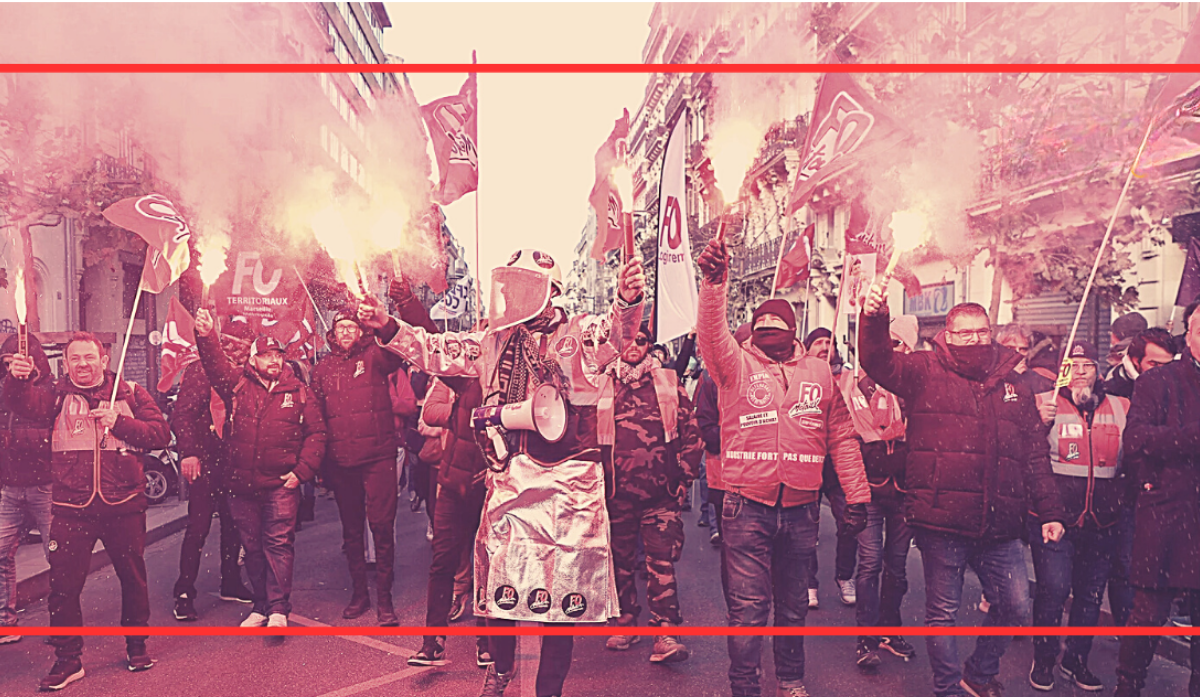Blog
Hoffer Mass Movement Appeals to the Wounded: Insights for Advocacy Campaigns

Introduction
What makes some advocacy campaigns spark massive social change while others fade into obscurity? The answer often lies in understanding a movement’s followers’ emotional and psychological needs. Eric Hoffer’s Mass Movement Theory provides a unique lens through which to examine why some movements effectively rally people, particularly those who feel marginalized or “wounded.”
Hoffer’s insights, initially presented in The True Believer (1951), focus on the motivations of individuals who feel displaced, powerless, or dissatisfied with their lives. These emotions, he argued, serve as fertile ground for mass movements to take root and flourish.
This article will analyze how advocacy organizations can harness Hoffer’s ideas to create impactful campaigns, as Hoffer mass movement appeals to the wounded, inspiring collective action. Additionally, real-world examples of successful movements and actionable lessons will illustrate his theory in practice.
Understanding Hoffer’s Mass Movement Theory
Eric Hoffer’s Mass Movement Theory dissects the psychology and structure of movements that inspire societal transformation. At its core, Hoffer emphasized that people who feel alienated or lacking purpose in their personal lives are particularly drawn to movements that offer something larger than themselves.
Key takeaways from Hoffer’s theory include:
- The Role of Personal Discontent: Movements resonate with individuals who feel marginalized, powerless, or discontent with societal structures. Hoffer refers to this group as “the wounded,” who seek empowerment and a renewed sense of identity.
- The Promise of Redemption or Belonging: Successful movements offer a narrative of hope, solidarity, or redemption. They promise their followers a chance to escape their frustrations and become part of something greater.
- Simplicity and Emotional Appeal: Movements thrive when they communicate clear, emotionally resonant goals that unify their members and foster an “us vs. them” mentality against perceived oppressors.
The Wounded and Mass Movements
Hoffer’s concept of the wounded remains deeply relevant in the modern world. Many individuals feel alienated due to economic inequality, climate disasters, or systemic social injustice. By focusing on these “wounded” individuals, movements can channel discontent into action and solidarity.
Examples of people Hoffer would identify as “wounded” include:
- Workers displaced by automation or economic shifts.
- Communities marginalized along racial, gender, or socio-economic lines.
- Individuals frustrated with slow or ineffectual political systems.
- Young people grappling with rising costs of living and climate anxiety.
Movements like the #MeToo movement, Fridays for Future, and Extinction Rebellion exemplify how advocacy campaigns appeal to discontented individuals. These movements offer platforms for addressing systemic issues while providing their followers unity and purpose.
Why This Matters for Advocacy Organizations
Advocacy organizations need to understand how emotional experiences like frustration, alienation, and a lack of belonging can drive people into the arms of mass movements. Hoffer’s theory is less about manipulative persuasion and more about empathetic understanding. By recognizing these dynamics, campaigns can build authentic, inclusive platforms that genuinely address societal wounds.
Lessons from Success Stories
Case Study 1: #MeToo
The #MeToo movement illustrates how demands for systemic change can resonate widely when they appeal to deeply personal experiences. Its success came from an emotionally charged narrative that shed light on a pervasive societal issue: sexual harassment. The movement channelled countless individuals’ collective pain and stories into a growing wave of accountability.
Takeaways for advocacy organizations:
- Use storytelling that resonates emotionally to highlight systemic issues.
- Build solidarity by encouraging people to share their experiences, creating a collective identity.
Case Study 2: Extinction Rebellion
Extinction Rebellion is another powerful example of a movement rooted in the concerns of the “wounded.” With climate change threatening the futures of vulnerable populations, this group channels widespread eco-anxiety into nonviolent protests aimed at holding governments accountable for inaction.
Key strategies include:
- Outlining the issue as a dire, shared emergency requiring quick activity.
- Inviting participation through decentralized structures, where everyone can feel empowered to contribute.
How Advocacy Organizations Can Apply Hoffer’s Insights
Leveraging Hoffer’s Mass Movement Theory can enable advocacy groups to craft campaigns that are not only impactful but also sustainable. Here are actionable strategies for applying his insights:
1. Use Empathy and Storytelling
Few things connect with people more than authentic stories. Campaigns should center the voices of those directly impacted by the issue. These accounts make unique issues appealing, bring out sympathy, and rouse activity.
- Share diverse, personal stories across your platforms.
- Avoid presenting issues in sterile, data-heavy formats—humanize them instead.
2. Promote Inclusivity
Movements thrive on diversity and inclusivity. Advocacy organizations must ensure that all voices are heard and valued within their campaigns. Marginalizing certain groups within a movement can lead to fragmentation and erode its impact.
- Actively involve diverse perspectives in campaign planning.
- Use inclusive language to unify your audience rather than divide them.
3. Offer Tangible Goals
A movement’s goals should be clear, actionable, and easy to communicate. Abstract or overly complex objectives can confuse supporters and diminish a campaign’s momentum.
- Break your movement’s mission into clear, actionable steps.
- Keep your messaging simple and aligned with your audience’s concerns.
4. Provide a Sense of Belonging
People turn to movements because they crave purpose, connection, and validation. Foster a sense of belonging through collaborative efforts and supportive community spaces.
- Create online forums or community events where supporters can engage with one another.
- Use inclusive branding that reflects shared identity and purpose.
5. Measure Impact
Advocacy work thrives on measurable results. Organizations should use data and storytelling to assess the impact of their efforts and refine their strategies accordingly.
- Use surveys and analytics tools to track engagement and impact.
- Regularly share progress with your audience to maintain transparency and trust.
Conclusion
Mass movements are not simply about big numbers; they’re about connecting with individuals on an emotional and psychological level. Advocacy campaigns that understand and integrate the needs of the “wounded” can create genuine solidarity and drive meaningful cultural change.
Eric Hoffer’s Mass Movement Theory provides a roadmap for advocacy organizations to engage people where they are, unite them under shared values, and move forward with empathy and clarity. Whether it’s addressing climate change or fighting for social justice, the lessons of Hoffer’s work remain incredibly relevant as we tackle today’s challenges.
FAQs
1. How can movements appeal to marginalized communities?
Movements can appeal to marginalized groups by amplifying their experiences, addressing their specific challenges, and creating inclusive spaces where their perspectives are valued.
2. Why is storytelling crucial in advocacy?
Storytelling fosters empathy and makes abstract problems relatable. It’s an effective way to connect with individuals emotionally, encouraging action and engagement.
3. What are the signs of a sustainable mass movement?
Sustainable movements typically have clear goals, inclusive leadership, decentralized structures, and the ability to adapt to new challenges while maintaining their core values.
4. How can organizations ensure inclusivity in campaigns?
Inclusivity requires active listening, collaboration with diverse groups, and representation of all stakeholders in decision-making processes.
5. What is the most critical factor in creating impactful advocacy?
Empathy is the foundation of impactful advocacy. By understanding and addressing the emotional drivers behind societal discontent, campaigns can resonate profoundly and inspire action.
